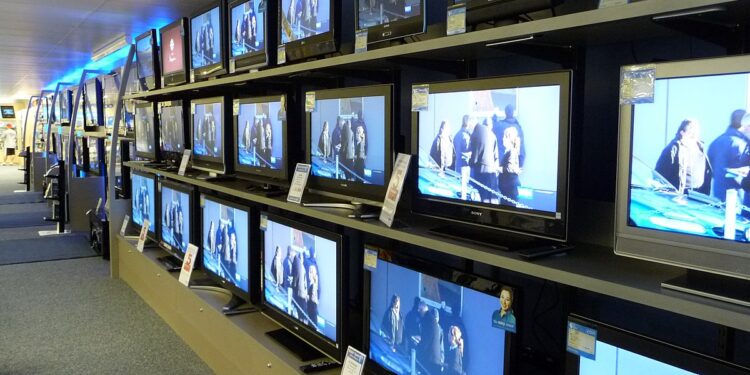HDTV, or high-definition television, is a new form of high-definition television. It was first developed by the Japanese state broadcaster NHK in 1969. It has a 5:3 aspect ratio, which is wider than the 4:3 standard. Despite its early development, the technology was not launched publicly until the late 1990s. Now, there are a variety of HDTV systems available on the market.
However, the market has not been quick to adopt a unified standard. Cable operators, for example, have chosen to place HD signals in a higher-cost band, which requires higher cable fees. Meanwhile, some broadcasting and cable TVcompanies offer local HD signals over-the-air as a premium service. The issue with this technology is that consumers may be denied certain television channels they expect, or they may only be allowed a non-digital signal. These viewers may have to install an antenna to receive the digital signal.
While HDTV is now available on all major television sets, not all are compatible with each other. The cost of HDTV equipment can still be very high, so it is important to look for affordable alternatives. Generally, a 720p high-definition set will work well for most people, though. Some models will only play certain formats, such as AVS and DVB-S2. But, if you want to get a truly high-definition TV, you must make sure you have the necessary video inputs.
Although HDTV offers a high-definition picture, it is not as easy to get as many channels as SD. Most HDTV sets will be able to support both resolutions. Some of the more popular ones are 1080p and 720p. Some HDTV sets will also be able to display 4K video. They are a great investment if you want to get a high-definition picture.
Another key difference between HDTV and SDTV is the resolution. High-definition televisions have higher-resolution screens than SDTV, which means that you will see more detail in your video. Furthermore, HDTV is better for watching movies and sports, and you can enjoy them on your computer as well. This technology is a huge step forward for television and will improve the quality of video content. In addition to this, it will also improve the quality of the picture.
In the US, high-definition television (HDTV) was first launched in the United Kingdom in 1936. The technology began trials in August 1935 and started to be used regularly on 2 November. Its wide screen aspect ratio accommodates a wider horizontal angle of view. Apart from this, high-definition TV is expected to create a new viewing experience in the classroom and at home. The wider image size will allow viewers to comfortably view multi-page texts without causing a glare.
In the United States, the first high-definition televisions were released in 1989. Satellite test broadcasts were launched in June 1989, and regular high-definition broadcasts began on November 25, 1991. In the meantime, several systems were proposed as a new standard, but the FCC rejected the Japanese MUSE system. The growing number of channels meant that the need for a new standard was necessary. In the US, the FCC has also approved several digital standards, including 4K and 8K.
While there are still some differences between these two formats, they are similar in quality. The difference is that HDTV mimics the aspect ratio of a wide-screen motion picture, while SDTV uses a square-screen format. The technology also allows for multicasting, where multiple stations can broadcast different shows and movies at the same time. As a result, HDTV is a superior quality option. In fact, it is more than twice as much detailed as standard-definition television.
While HDTV is a superior-quality television, there are still some disadvantages. While most major cities in the United States have HD-TV over the air broadcasts, the format is not universal. A high-definition television needs an HD tuner to receive an HD signal. A new high-definition television has an inbuilt HD tuner, which is more than sufficient to receive HD signal. While most modern high-definition televisions have an integrated HD tuner, others need to purchase a separate device that can adapt to the HD signal.













